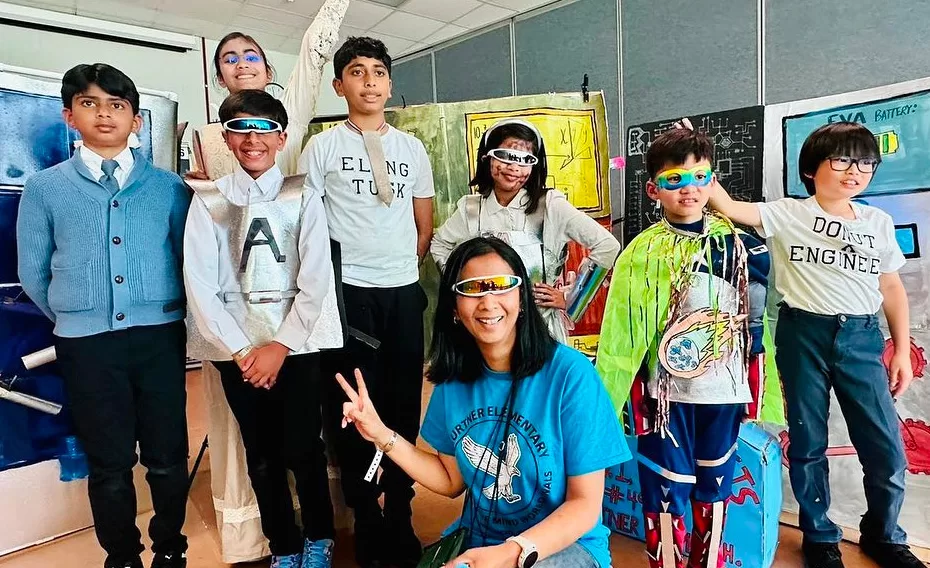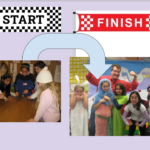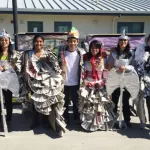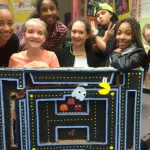Ok, coaches! you have formed a team, found a time to meet and maybe even started practicing spontaneous problems. Hopefully, you and the team have read through the long-term problems and picked the one you will solve. Now the TRUE fun begins!
As you move from problem selection to brainstorming to assigning tasks, team dynamics truly start to develop. Because students must work in teams, they’ll need to learn how to work cooperatively for the good of the whole group. A large piece of a coach’s role is to teach team members how to work together and to think creatively.
Being an outside observer allows you to learn! From watching kids’ behaviors, you can teach team members VALUABLE lessons about understanding and using their strengths.
You will see which team members are naturally drawn together to work. You may notice team members who love to goof off — duct-taping everything to the wall instead of building that ever-so-important set piece. You may be able to identify the student who just wants to eat snacks all practice. You may also see a team member who is silent and afraid to share opinions.
The Program Guide offers valuable insights into teaching teamwork and creativity. It also offers suggestions for how to handle difficult moments when team dynamics start to break down. There may be instances where team members disagree on the best solution and begin to work against each other. You may have to initiate the process of coming back together and reaching a consensus.
Some suggestions include:
- Consider choosing rotating team captains to allow each team member to lead meetings
- Make pros and cons lists for elements on which there is disagreement
- Consider secret ballots for things that cannot be worked out through discussion
- Break up work into smaller pieces so each team member can contribute
- Make committees that become experts on certain aspects of the problem
- You can also make sure things don’t get too heated and the kids get FUN breaks
If discussions get VERY intense, you can always stop — take a walk, play basketball, beat on cardboard with a paper towel roll or just talk. Refocus the conversation to a positive note.
Your words are powerful. When you tell a student they are good at building things, they gain the confidence to try. When you tell a shy student their ideas are exquisite, they learn to speak up.
You are their guide, counselor, mentor and CFO (Chief Fun Officer). Start early in your season developing a happy team dynamic in any manner you can and the solution will come together.





